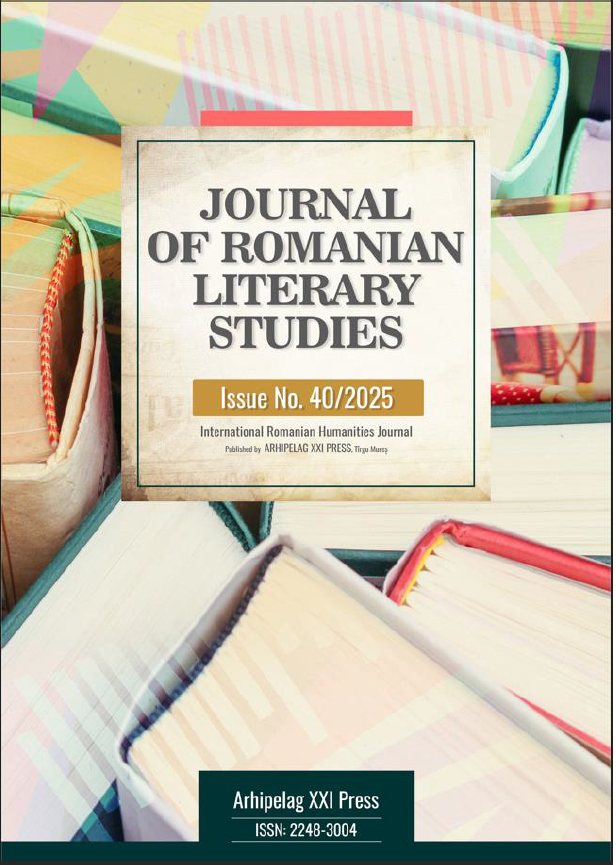FROM ART TO TRAUMA, COLLECTIVE MEMORY AND RECOLLECTION THE MONUMENT OF GERMAN ETHNIC DEPORTEES IN THE USSR, FROM THE CITY OF REȘITA
FROM ART TO TRAUMA, COLLECTIVE MEMORY AND RECOLLECTION THE MONUMENT OF GERMAN ETHNIC DEPORTEES IN THE USSR, FROM THE CITY OF REȘITA
Author(s): Iudit CalinescuSubject(s): History, Anthropology, Social Sciences, Archaeology, Cultural history, Customs / Folklore, Ethnohistory, History of ideas, Cultural Anthropology / Ethnology, Culture and social structure
Published by: Editura Arhipelag XXI
Keywords: individual and collective trauma; individual and collective memory; remembering history; monuments; deportations;
Summary/Abstract: The monument built in memory of the German deportees in 1945, in the USSR, from the city of Reșita, is a symbol of remembering an individual and collective trauma, of the German community in the city, but also an attempt to recover a historical event that marked the life of this city of Banat, forever. An interesting aspect, related to the construction of this moment, is the fact that, for its realization, an artist born in Reșița, Hans Ion Stendl, was chosen, whose individual history is directly intertwined with this traumatic historical event of the city, his parents being part of the Germans deported to the USSR. In this case, art also becomes an individual attempt to overcome the trauma, beyond the desire to recover the collective history, through a monument loaded with symbols, related to the community's traumatic event. The monument has a crucified Jesus in the center, a symbol of sacrifice, faith and resurrection, but also a symbol of the desire to never forget the past, a traumatic momnet in the history of one of the most important ethnic communities of the Banat region, the Germans.
Journal: Journal of Romanian Literary Studies
- Issue Year: 2025
- Issue No: 40
- Page Range: 1075-1084
- Page Count: 10
- Language: Romanian

